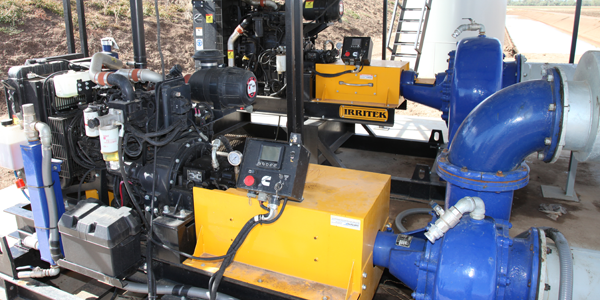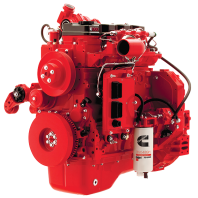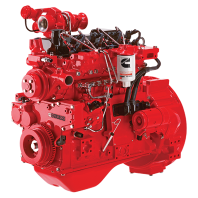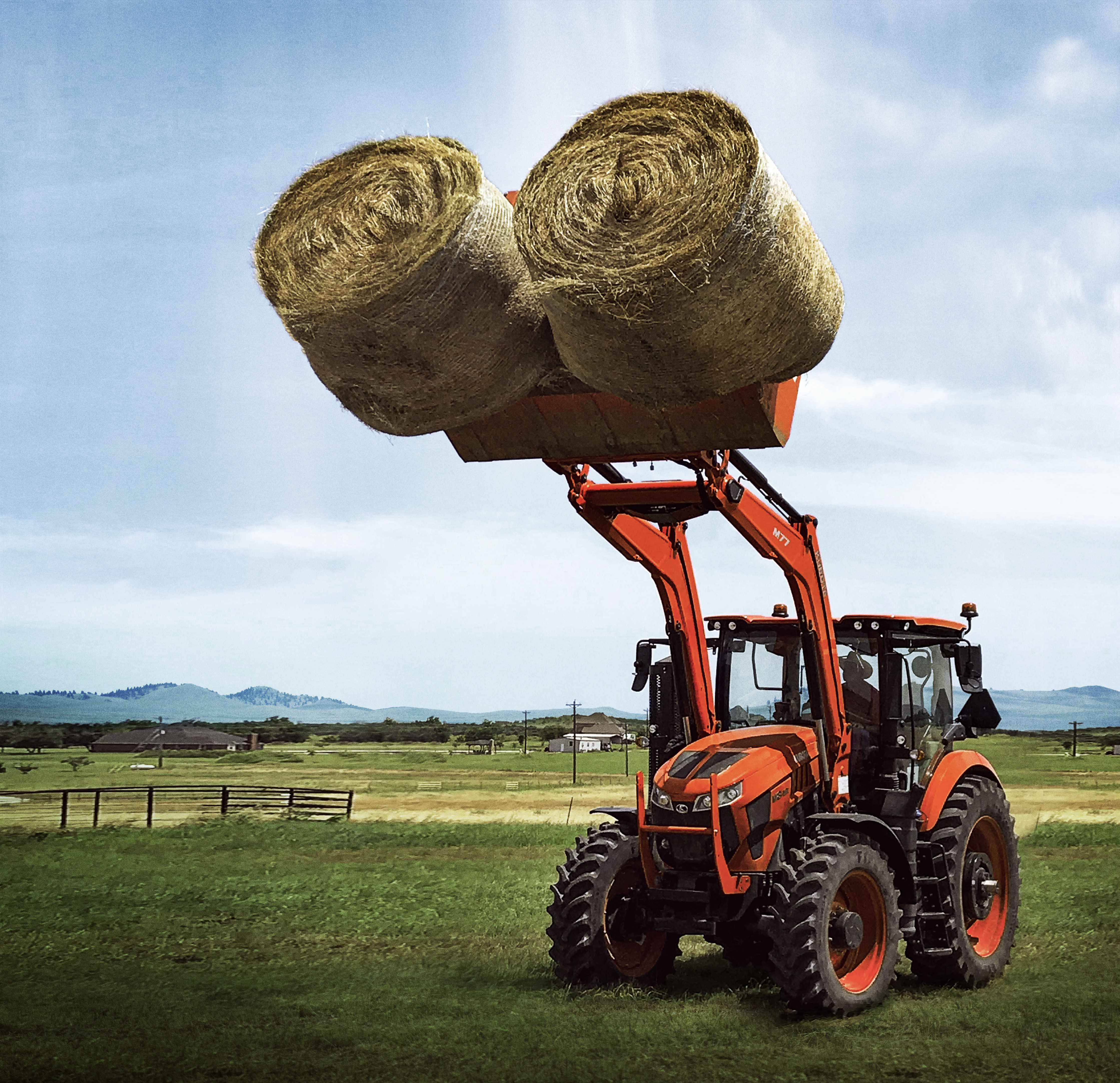
Australian cotton is considered some of the best in the world for quality and yield. Under a joint venture agreement, CSD (Cotton Seed Distributors) and CSIRO have invested more than AU$70 million in cotton breeding and research since 2007 and by 2024 this investment will reach AU$140m in total. The key challenge now for CSD is providing varieties to meet the demands of the burgeoning cotton industry as new varieties can take up to 13 years to bring to market.
CSD undertakes early stage seed multiplication, as well as some of its research and development, on ‘CSD Farms’, an amalgamation of three properties located between Narrabri and Wee Waa in north west New South Wales, Australia. CSD also supports R&D undertaken by CSIRO and several of its other commercial partners on its 1,170 hectares of farm land, 620 hectares of which are irrigated.
Cummins is the choice for pumping
Fifteen Cummins engines, set up as self-contained power units and designed and built by Cummins in Australia, are performing various pumping duties at CSD Farms as part of the irrigation system. “Cummins is our engine of choice,” says CSD Farms manager Mark Cathcart. “We are operating several other engine brands as well but these will eventually be changed out for Cummins.” The latest Cummins engines at CSD Farms are electronic Tier 3 QSB3.3 and QSB4.5 units and their fuel efficiency immediately became clear to Mark Cathcart. The move to electronic engine control has allowed CSD to specify smaller, more fuel efficient engines that are doing exactly the same job as the larger, older generation mechanical units.
Smaller, more efficient engines
For example, the QSB4.5 rated at 160 hp is more fuel efficient than the larger, mechanical 5.9-litre 6BT rated at 150 hp, and also delivers higher torque at lower rpm – 460 lb ft at 1500 rpm versus 417 lb ft at 1600 rpm. “The QSB4.5 is pumping 20 megalitres (20 million litres) a day out of storage into the main supply channel and is using only 10 litres an hour,” Mark Cathcart reveals. Importantly, the high-torque engine is operating as low as 1200 rpm which is in the ‘sweet spot’ and conducive to best fuel economy. One of the key benefits of the electronic engine control is that instantaneous fuel consumption data is available as a digital readout on the operator interface panel, allowing the most fuel efficient revs to be set in relation to pumping demand. “Anything that is available to help us improve fuel efficiency is important,” says Mark Cathcart.
Reliability and ease of service
There are other reasons for the choice of Cummins. “As the varieties of the future for Australia’s growers are screened and produced on our farm, engine reliability along with ease of service and parts availability are critical,” says Mark Cathcart. “Our oldest mechanical Cummins engines have done in excess of 10,000 hours and basically haven’t been touched apart from routine servicing.” The QSB engines are set up as power units which incorporate a cooling system that provides continuous full power operation in ambient temperatures up to 50°C.
Use our product finder for more information about Cummins engines and power units for agriculture.
White paper by Nicholas Hawes, CPE Technical Specialist Jump to: Introduction | Test Results | Summary Executive Summary This paper provide...
Calling all farmers! We know that efficiencies help keep your business successful, so we’ve developed ten tips to help increase your fuel economy and save m...
In 2020, Kubota unveiled its largest tractor to date – the 19,510 lb. / 8550 kg M8. Its big features – power, reliability, comfort and value. Power comes...


